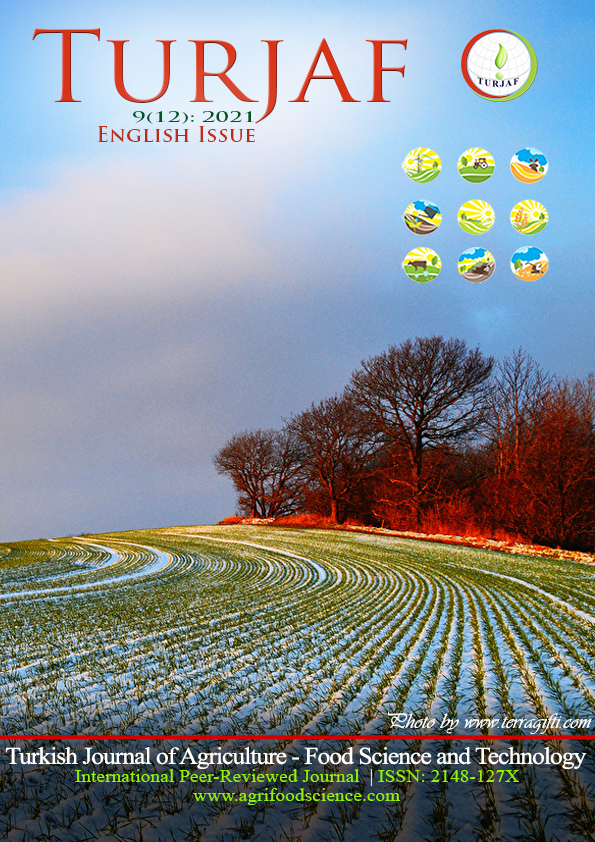Effect of Imidocarb Application on Oxidative DNA Damage Caused by Anaplasmosis
DOI:
https://doi.org/10.24925/turjaf.v9i12.2308-2311.4754Keywords:
Anaplasmosis, Comet, DNA damage, Imidocarb, TreatmentAbstract
This study was aimed to evaluate DNA fragmentation by using Comet assay in naturally infected sheep with Anaplasmosis before and after treatment with the Comet method, which shows DNA damage specifically. In the study, blood samples were collected from 10 Anaplosmosis infected and 10 healthy sheep. The anaplosmosis was diagnosed by clinical signs and symptoms. The infection was confirmed by Giemsa staining. The blood was collected from control group and infected group before and after the treatment, from the vena jugularis with the appropriate method. The DNA fragmentation was checked by using the Comet assay of blood cells. The data were analysed throught ANNOVA one-way. The result showed higher DNA fragmentation in sick animals diagnosed with anaplasmosis; tail length and tail moment values were found to be statistically significantly higher than the control group. When the data obtained after imidocarb (IMD) application were compared with obtained during the disease, a decreased DNA damage and tail moment was determined, however, these values higher than control. In this study, DNA damage and the extent of this damage were investigated by the Comet assay method using a healthy control group before and after treatment in animals with Anaplasmosis. When the findings obtained from the study were evaluated, it was seen that Anaplasma agents caused DNA damage and with the imidocarb application given for treatment, DNA damage was reduced and results close to healthy individuals were obtained.Downloads
Published
26.12.2021
How to Cite
Öner, A. C., & Ayan, A. (2021). Effect of Imidocarb Application on Oxidative DNA Damage Caused by Anaplasmosis. Turkish Journal of Agriculture - Food Science and Technology, 9(12), 2308–2311. https://doi.org/10.24925/turjaf.v9i12.2308-2311.4754
Issue
Section
Research Paper
License
This work is licensed under a Creative Commons Attribution-NonCommercial 4.0 International License.









